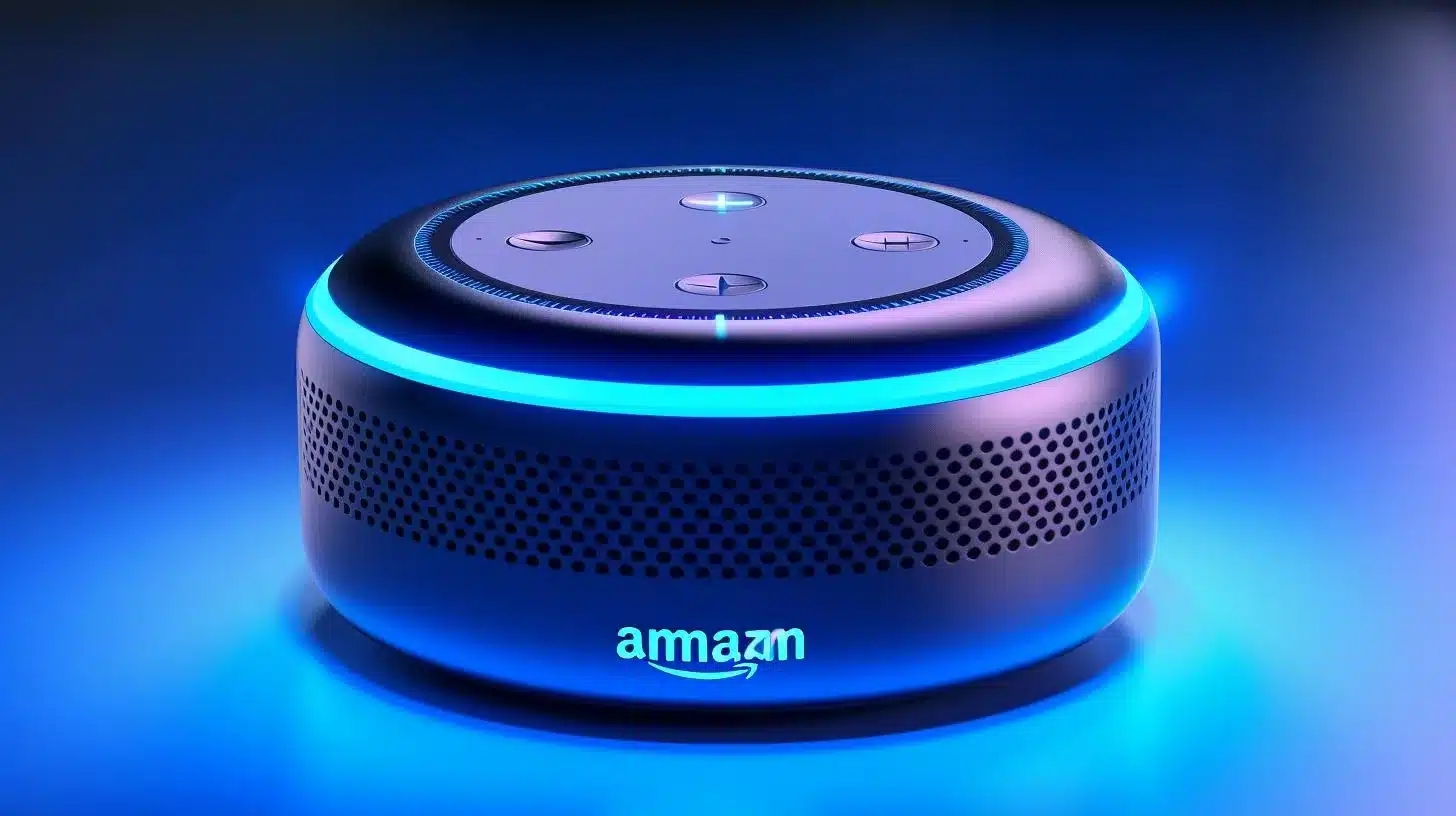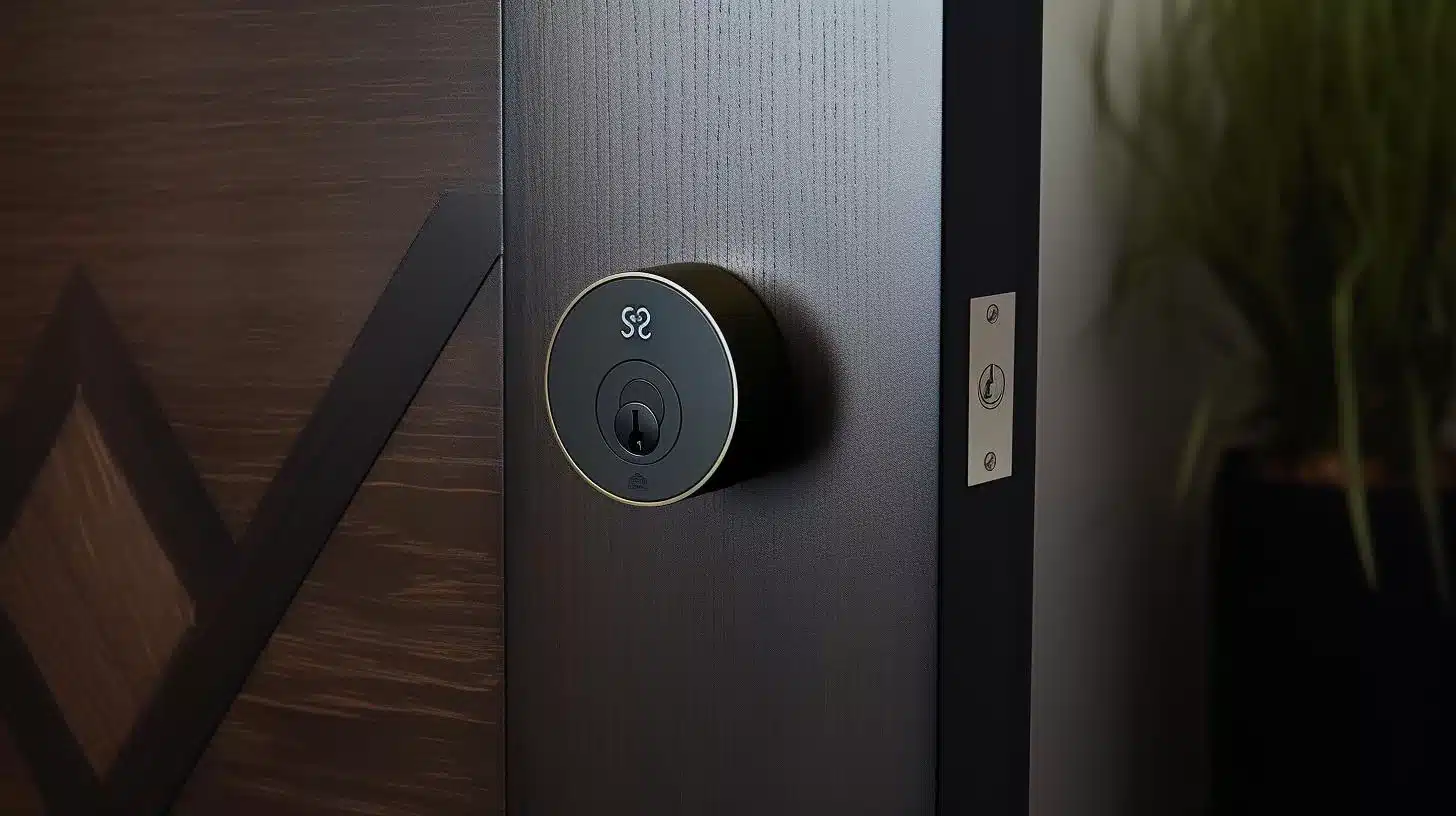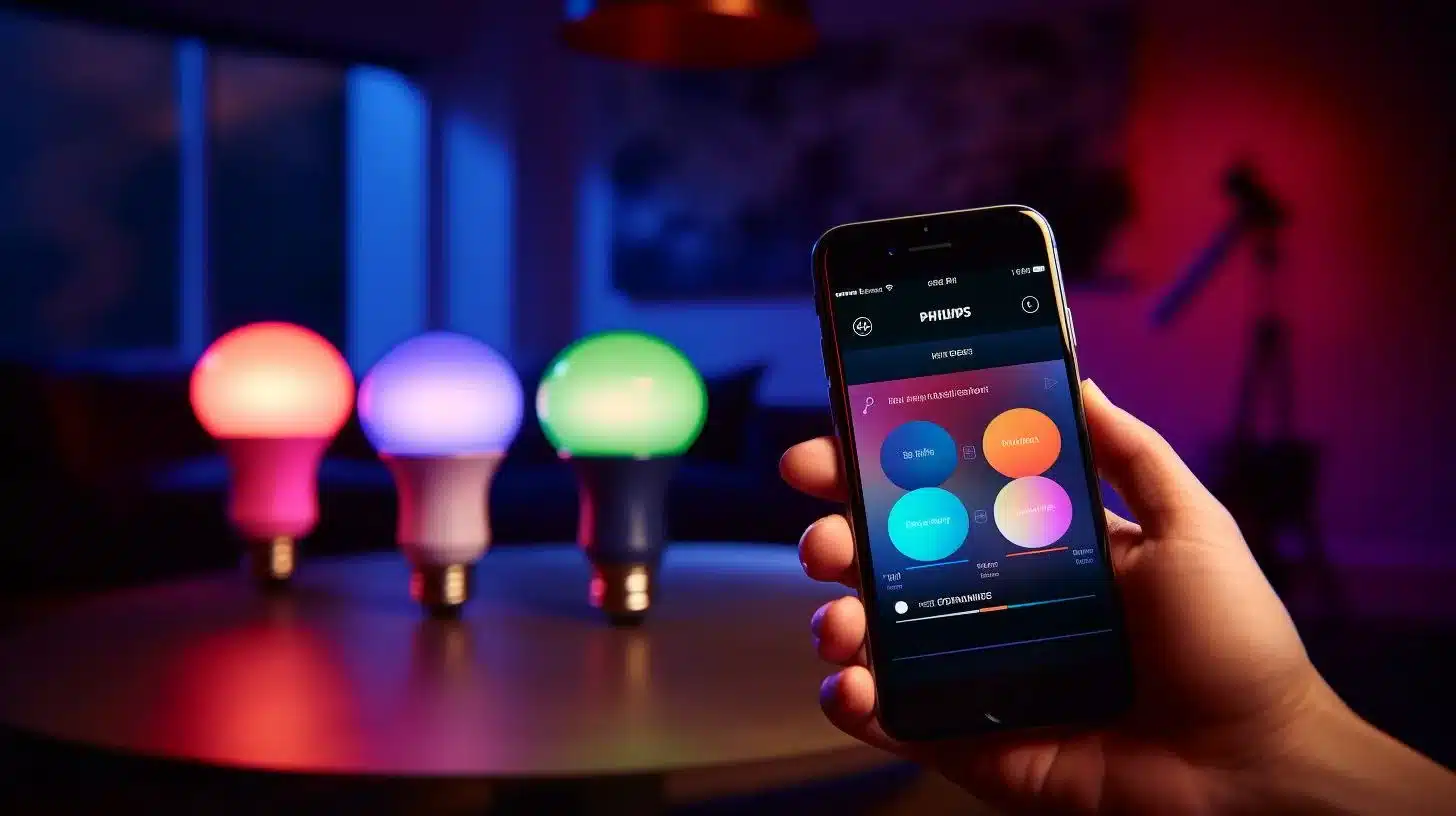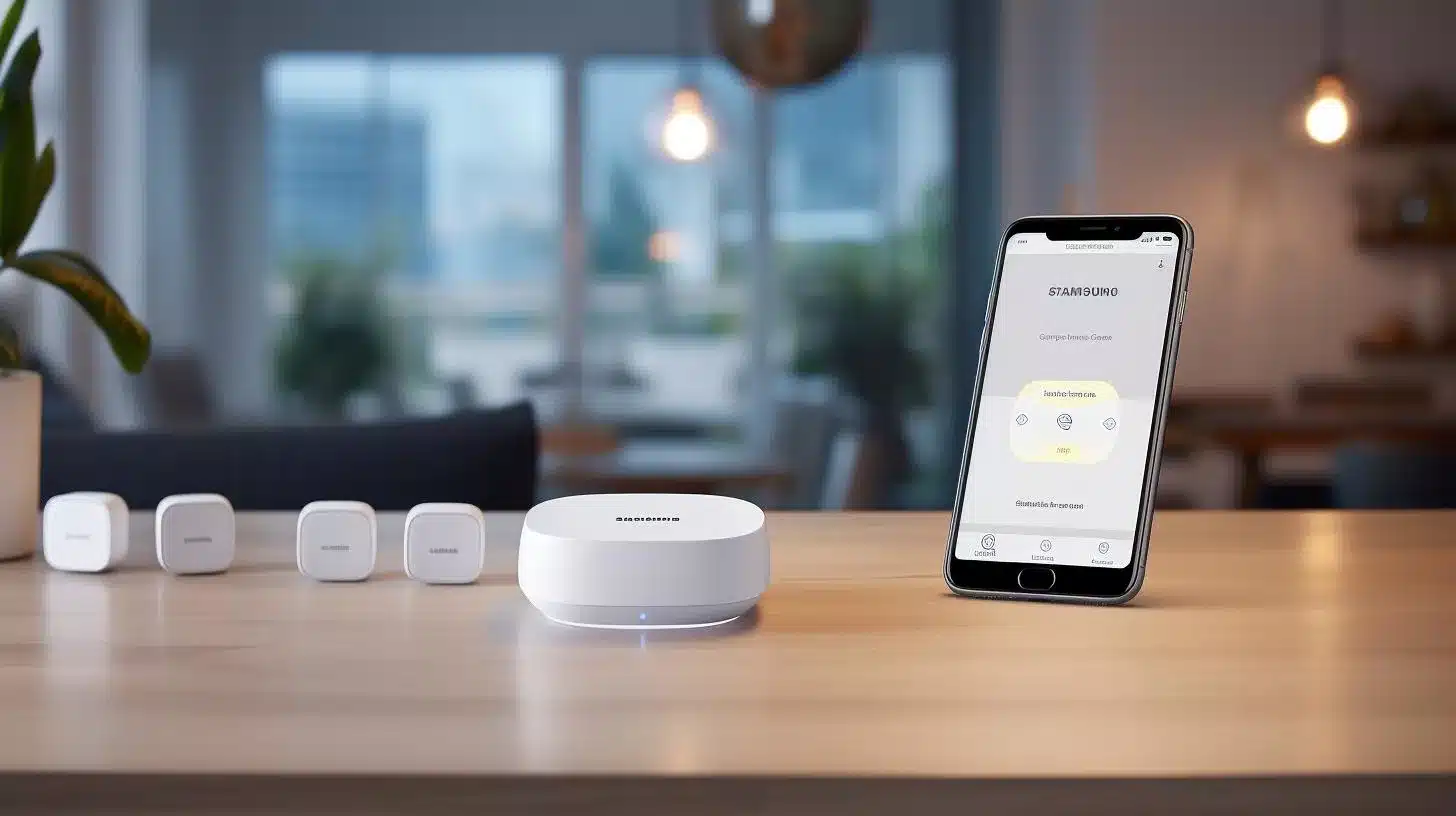Smart devices are becoming increasingly popular as people seek to make their homes more convenient, efficient, and comfortable. From smart thermostats that learn your temperature preferences to voice assistants that can control your home with a simple command, the possibilities are endless. However, not all smart devices are created equal, and some can be difficult to use or set up. That’s where user-friendly smart devices come in. In this article, we’ll explore what user-friendly smart devices are, their benefits, examples, designing, challenges, and future possibilities.
User-Friendly Smart Devices for Your Home
By reading this article, you will learn about:
– What user-friendly smart devices are and their benefits
– Examples of user-friendly smart devices including smart thermostats, voice assistants, smart locks, smart lighting, and smart home hubs
– The challenges and future possibilities of user-friendly smart devices
What are User-Friendly Smart Devices?
Definition of User-Friendly Smart Devices
User-friendly smart devices are those that are easy to use, understand, and interact with. They are designed with the user in mind, taking into account their needs, preferences, and behaviors. User-friendly devices have intuitive interfaces, clear instructions, and minimal technical jargon. They are accessible to a wide range of users, regardless of their technical expertise.
Benefits of User-Friendly Smart Devices
Improved Usability and Accessibility
One of the primary benefits of user-friendly smart devices is improved usability and accessibility. When devices are easy to use, more people can interact with them, leading to increased adoption rates and higher satisfaction levels. User-friendly devices also reduce the learning curve required to use them, making them more accessible to people who might not be familiar with technology.
Increased Adoption Rates
User-friendly smart devices are more likely to be adopted by a wider audience. When devices are easy to use, people are more likely to try them out and recommend them to others. This can lead to increased sales and market share for manufacturers.
Enhanced User Experience
User-friendly smart devices provide an enhanced user experience by improving the ease of use and reducing frustration and confusion. When devices are easy to use, people are more likely to enjoy using them and less likely to get frustrated or give up.
Reduced Frustration and Confusion
User-friendly smart devices reduce the frustration and confusion associated with technology. When devices are easy to use and understand, people are less likely to get frustrated or confused, leading to higher satisfaction levels and reduced support costs.
Examples of User-Friendly Smart Devices
Smart Thermostats
Smart thermostats are designed to learn your temperature preferences and adjust accordingly, saving energy and money. Here are some examples of user-friendly smart thermostats:
Ecobee Smart Thermostat Premium
The Ecobee Smart Thermostat Premium is a highly rated smart thermostat that is easy to use and customize. It has a large, bright display and intuitive controls that make it easy to adjust the temperature and settings.
Google Nest Learning Thermostat
The Google Nest Learning Thermostat is another highly rated smart thermostat that learns your temperature preferences and adjusts accordingly. It has a sleek design and a user-friendly interface that makes it easy to use and customize.
Amazon Smart Thermostat
The Amazon Smart Thermostat is a more affordable option that still provides many of the same features as more expensive models. It has a simple design and a user-friendly interface that makes it easy to use and adjust.
Mysa Smart Thermostat
The Mysa Smart Thermostat is designed specifically for electric heating systems and is easy to install and use. It has a minimalist design and a user-friendly interface that makes it easy to adjust the temperature and settings.

Voice Assistants
Voice assistants are becoming increasingly popular as people seek hands-free control of their devices. Here are some examples of user-friendly voice assistants:
Amazon Alexa
Amazon Alexa is one of the most popular voice assistants on the market. It has a user-friendly interface and can control a wide range of smart devices, making it a great choice for those looking to automate their homes.
Google Assistant
Google Assistant is another popular voice assistant that is user-friendly and easy to use. It can control a wide range of smart devices and can be customized to your preferences.
Apple Siri
Apple Siri is a voice assistant that is built into many Apple devices. It has a user-friendly interface and can control a wide range of smart devices, making it a great choice for Apple users.

Smart Locks
Smart locks are designed to provide enhanced security and convenience for your home. Here are some examples of user-friendly smart locks:
August Smart Lock
The August Smart Lock is a highly rated smart lock that is easy to install and use. It has a user-friendly interface and can be controlled with your smartphone or voice assistant.
Schlage Encode Smart WiFi Deadbolt
The Schlage Encode Smart WiFi Deadbolt is a user-friendly smart lock that is easy to install and use. It has a simple design and a user-friendly interface that makes it easy to control with your smartphone or voice assistant.
Kwikset Halo Wi-Fi Smart Lock
The Kwikset Halo Wi-Fi Smart Lock is a user-friendly smart lock that is easy to install and use. It has a sleek design and a user-friendly interface that makes it easy to control with your smartphone or voice assistant.

Smart Lighting
Smart lighting is designed to provide enhanced convenience and energy efficiency for your home. Here are some examples of user-friendly smart lighting:
Philips Hue
Philips Hue is a highly rated smart lighting system that is easy to install and use. It has a user-friendly interface and can be customized to your preferences.
LIFX
LIFX is another popular smart lighting system that is user-friendly and easy to use. It has a simple design and can be controlled with your smartphone or voice assistant.
Sengled Smart LED bulbs
Sengled Smart LED bulbs are an affordable option for those looking to add smart lighting to their home. They are easy to install and use, with a user-friendly interface that makes it easy to adjust the settings.

Smart Home Hubs
Smart home hubs are designed to provide a central point of control for all your smart devices. Here are some examples of user-friendly smart home hubs:
Samsung SmartThings
Samsung SmartThings is a highly rated smart home hub that is easy to use and customize. It has a user-friendly interface and can control a wide range of smart devices.
Amazon Echo Plus
The Amazon Echo Plus is a smart home hub that is built into the Amazon Alexa voice assistant. It has a user-friendly interface and can control a wide range of smart devices.
Google Nest Hub
The Google Nest Hub is a smart home hub that is built into the Google Assistant voice assistant. It has a user-friendly interface and can control a wide range of smart devices.
Personal Story: How a Smart Thermostat Helped Reduce My Energy Bill
When I first heard about smart thermostats, I was skeptical. How much of a difference could it really make? But after doing some research, I decided to give it a try and purchased the Ecobee Smart Thermostat Premium for my home.
The installation process was surprisingly easy, and within a few minutes, I had it up and running. One of the first things I noticed was how user-friendly the interface was – I could easily adjust the temperature from my phone or using voice commands with my Amazon Alexa.
But the real savings came when I started using the built-in energy-saving features. The Ecobee Smart Thermostat uses sensors to detect when no one is home and automatically adjusts the temperature to save energy. It even took into account the weather outside and adjusted accordingly.
After using the smart thermostat for a few months, I noticed a significant decrease in my energy bill. The app provided detailed reports on my energy usage, and I could see exactly how much money I was saving.
Overall, I was impressed with how easy it was to use and how much money it saved me. It was a great investment that paid for itself in just a few months.
Designing User-Friendly Smart Devices
Designing user-friendly smart devices requires an understanding of user needs and behaviors. It involves simplifying user interfaces, providing clear instructions and guidance, and incorporating feedback and updates.
Understanding User Needs and Behaviors
To design user-friendly smart devices, it’s important to understand the needs and behaviors of your users. This involves conducting user research, such as surveys and interviews, to gain insights into what users want and need from your devices.
Simplifying User Interfaces
User interfaces should be simple and intuitive, with clear labels and minimal technical jargon. This makes it easy for users to understand what the device does and how to use it.
Providing Clear Instructions and Guidance
Clear instructions and guidance should be provided to help users set up and use the device. This includes user manuals, tutorials, and on-screen prompts.
Incorporating Feedback and Updates
User feedback should be incorporated into the design process to ensure that devices are meeting the needs of users. Updates should be provided regularly to fix bugs and add new features.
Challenges in Creating User-Friendly Smart Devices
Creating user-friendly smart devices comes with its own set of challenges. Balancing simplicity with functionality, addressing compatibility issues, ensuring privacy and security, and dealing with technical limitations are just some of the challenges that manufacturers face.
Balancing Simplicity with Functionality
One of the biggest challenges in creating user-friendly smart devices is balancing simplicity with functionality. Devices need to be easy to use, but they also need to provide the features and capabilities that users want.
Addressing Compatibility Issues
Compatibility issues can arise when devices are designed to work with specific ecosystems or operating systems. Manufacturers need to ensure that their devices are compatible with a wide range of devices and platforms to maximize their appeal.
Ensuring Privacy and Security
Privacy and security are major concerns when it comes to smart devices. Manufacturers need to ensure that their devices are secure and that user data is protected.
Dealing with Technical Limitations
Technical limitations can be a challenge when it comes to creating user-friendly smart devices. Manufacturers need to work within the limitations of the technology to create devices that are both functional and user-friendly.
Future of User-Friendly Smart Devices
The future of user-friendly smart devices is exciting, with advancements in artificial intelligence and machine learning, integration with other technologies such as augmented reality and virtual reality, expansion of the Internet of Things (IoT), and increasing focus on sustainability and energy efficiency.
Advancements in Artificial Intelligence and Machine Learning
Advancements in artificial intelligence and machine learning will lead to smarter and more intuitive smart devices. Devices will be able to learn from user behavior and adapt to their preferences.
Integration with Other Technologies such as Augmented Reality and Virtual Reality
Integration with other technologies such as augmented reality and virtual reality will provide new opportunities for user-friendly smart devices. Devices will be able to provide more immersive and interactive experiences.
Expansion of the Internet of Things (IoT)
The expansion of the Internet of Things (IoT) will lead to more connected devices and more opportunities for user-friendly smart devices. Devices will be able to communicate with each other and work together to provide better user experiences.
Increasing Focus on Sustainability and Energy Efficiency
There is an increasing focus on sustainability and energy efficiency when it comes to smart devices. Devices will be designed with energy efficiency in mind, reducing their impact on the environment and saving users money.
.
